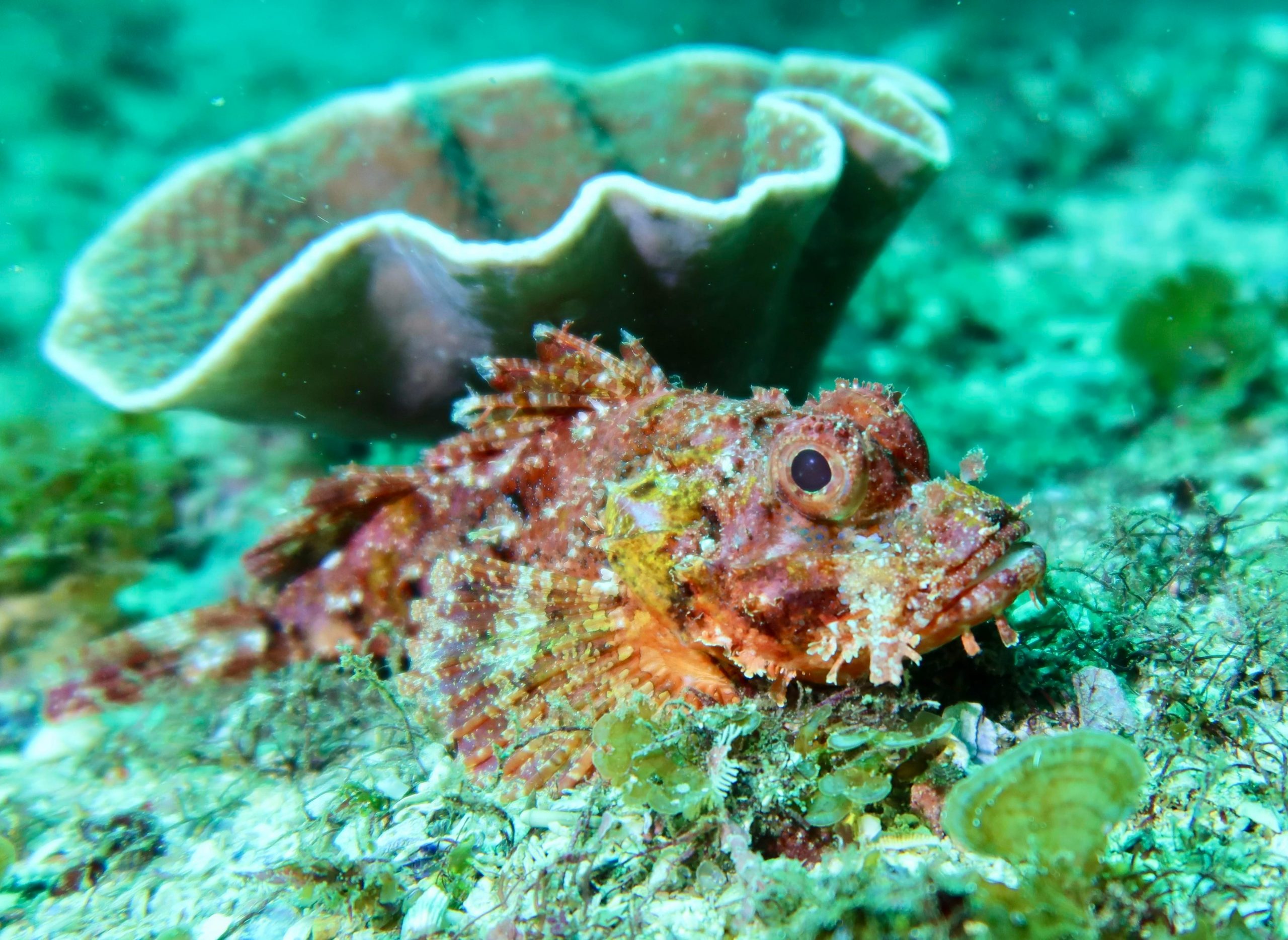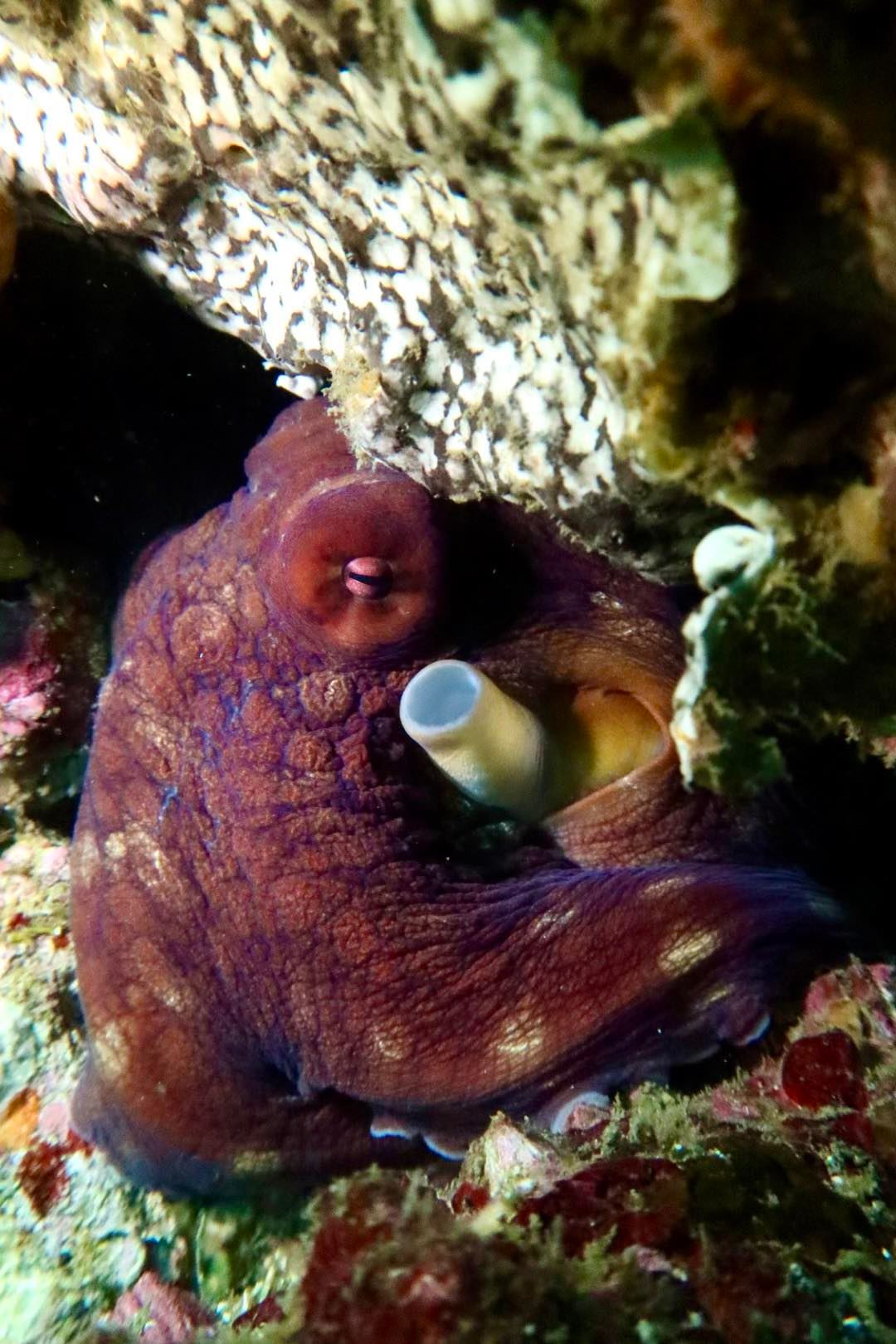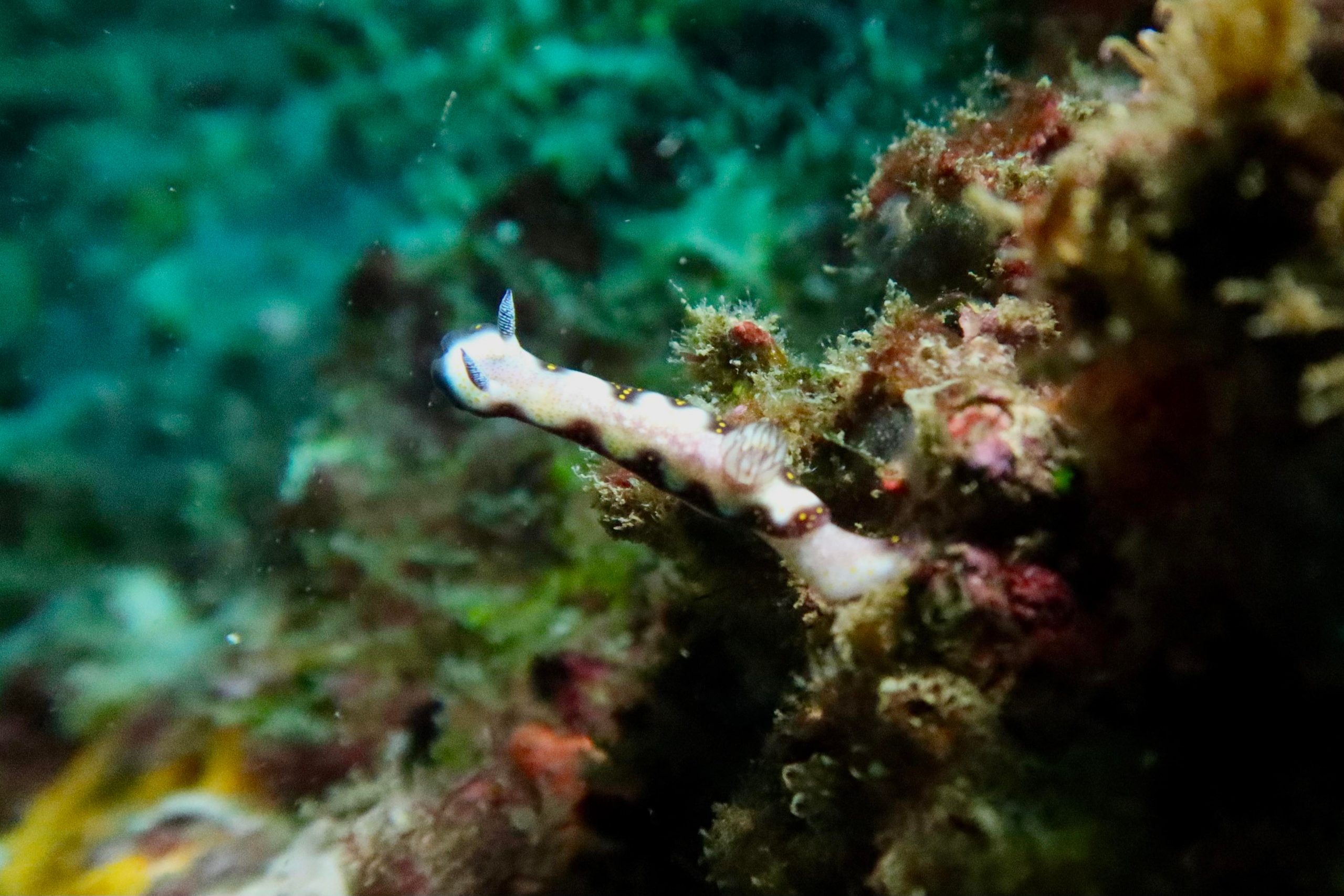The True Gold Coast Locals
When you picture the Gold Coast, the first thing that comes to mind is probably not the amazing diving that it has to offer. You think of the long stretch of golden sand, the prime surf breaks, or the place you go out to and party. I am not innocent; I thought the same before I moved here in October last year. I had been told that the diving on the Gold Coast was amazing, and I remember laughing at my friend and thinking that “amazing” was likely a bit of a stretch. I was living on the Great Barrier Reef at the time, as I had been since I moved to Australia in 2018. I couldn’t imagine that there would be any other places along the coast of Queensland that could come close to the diving that the GBR had to offer, but how pleasantly surprised I was to be proven wrong!
The local off-shore sites are truly unique – my first dive on the Gold Coast was at Palm Beach Reef; a natural reef that stretches for over two kilometers where we have seven individual sites that we regularly dive. My first time jumping in the water here, I encountered multiple species of Wobbegong, one of my favorite sharks – They’re so unique in their appearance, and I love that their name comes from an aboriginal word for shaggy beard. I had only seen one previously on the GBR, it was an awesome encounter that I proudly managed to capture on film. My clip lasted a maximum of 15 seconds, where the wobbegong in question was about 50cm long and was clumsily in a rush to hide itself from the hoard of excited divers approaching. Here on the Gold Coast, we are privileged to be able to see Wobbegongs of all sorts of shapes and sizes, some of which reach close to three meters in length! You’ll find them free-swimming or just doing their thing and living up to their aptly named carpet shark categorisation, stacked up on each other or solo, allowing us to get up close and personal (but still respecting the fact that they are sharks!). Aside from the Wobbegongs, the local reefs have a plethora of rays, both benthic and pelagic, incredible macro life, large schools of butter bream, yellowtail scads, as well as a cocktail of both tropical and temperate fish species.
The wreck of the Scottish Prince is another amazing local dive spot that is on our doorstep. It ran aground in 1887 just off of what is now Main Beach and sits in twelve meters of water. My first dive on the Scottish Prince had me waving the massive school of yellowtail skads and butter bream out of the way in order to actually see the wreck. At the time, the wreck was the only solid structure along a long sandy stretch, and as such, it attracted a huge amount of marine life, some of which are residents, and others of which are regular visitors. Having rested here for so many years has allowed beautifully colored sponges, ascidians, hydroids, and corals to flourish and ornament the remaining structure of the wreck. Aside from an array of tropical and temperate fish you can find here, some of the residents that you will likely encounter include various species of eel, cephalopods, carpet sharks, nudibranchs, and rays such as black blotched rays and guitarfish skirting the wreck. Most recently, however, we noticed some odd-looking seaweed drifting around that actually turned out to be a resident robust ghost pipefish, a macro photographer’s dream. The Prince also happens to be one of our sites for night dives, and exploring this wreck under the cover of darkness makes this site all the more exciting. The crustaceans come alive when the sun dips behind the city, and the fish that aren’t sleeping are active and animated. These are the kinds of animals we want to be seeing at night on the Gold Coast, not the ones that we find on a night out in Surfers Paradise. There is such an abundance of life at this site, I am always just as excited as the first time to go for a dive here.
The multiple sites at Palm Beach Reef, as well as our local wreck of the Scottish Prince are just the tip of the iceberg when it comes to some of the amazing sites that I have been lucky enough to call my office. I used my nudibranch ID book more times in my first month of being here than I had during my entire time spent on the GBR. Being the nudibranch enthusiast that I am, I was over the moon. Throw in the seasonal variation of species that we encounter in addition to some of the further sites we have access to, and the diving here is sure to always provide, keep you on your toes, and never get old.
Of course, we now have the incredible Wonder Reef and I am over the moon at how much marine life has already moved into this now permanent new structure. To say I’m excited is an understatement. It has attracted varieties of fish species that we have never before seen on the Gold Coast. A topic for a new blog coming soon.






